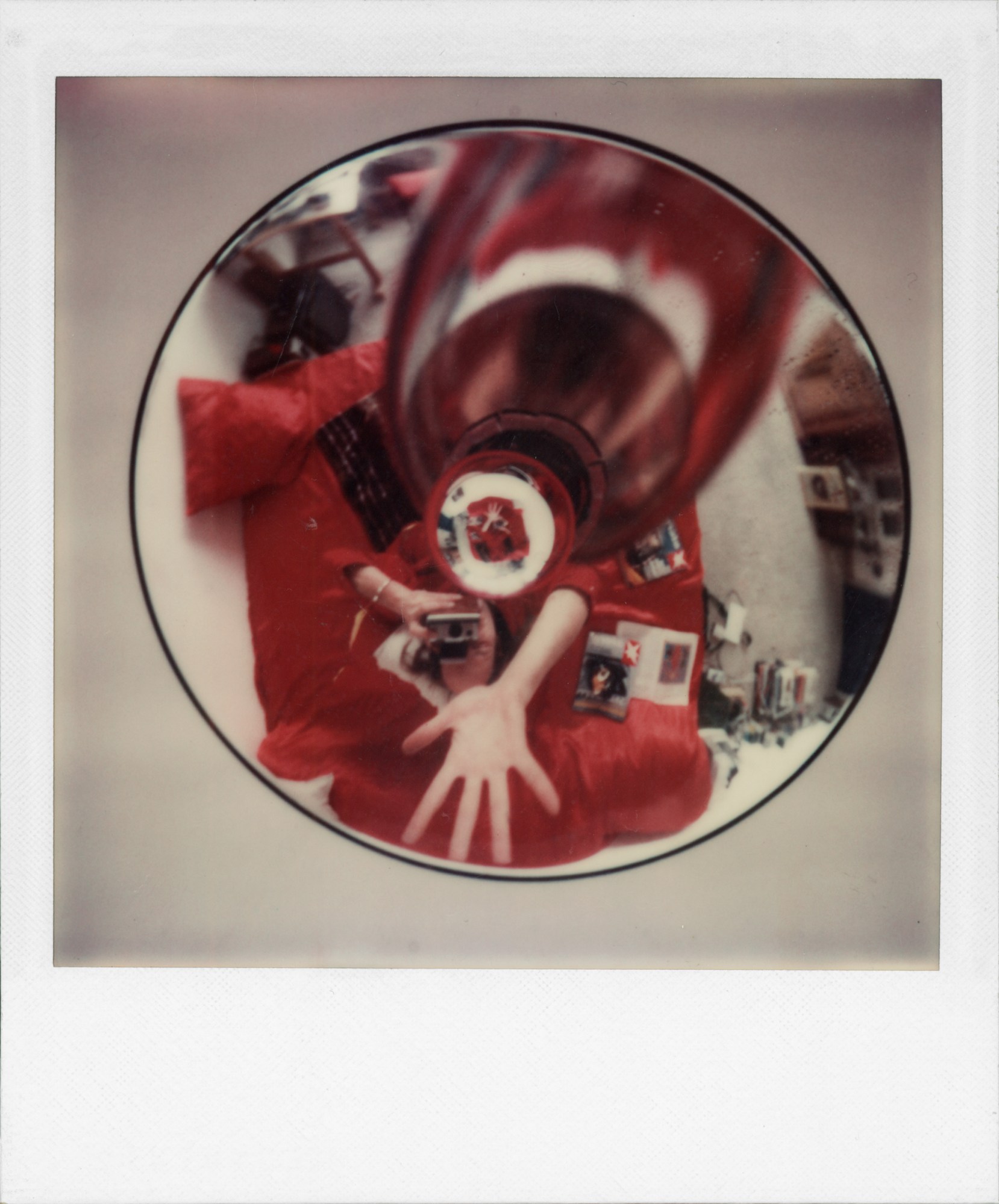When Robby Müller passed away last year, the film industry lost one of its most revered cinematographers. A long-time collaborator of directors Jim Jarmusch and Wim Wenders, his work was renowned for its evocative use of low light and distinct composure, earning him the nickname amongst some as the “Master of light”. And though he began working over half a century ago, as the years have passed the signature motifs of his work have only grown in cult status — many photographers still inspired by his pallet of soft light and neon signs, and blogs and Instagrams now awash with the green and pink hues of desolate gas stations, or early morning sunlight spreading over a sparse landscape.
Unbeknownst to some, Robby also carried a camera with him wherever he went. “Robby never intended to take Polaroids, or any other photographs, for other eyes,” explains Andrea Müller-Schirmer, Robby’s wife, who’s curating a new exhibition with Polaroid of these previously unseen images. “He preserved them carefully in wooden boxes. A couple of years ago — when he got ill — I started to organise his archive. Our friend Steve McQueen, the artist and filmmaker, often came for tea and I showed him some Polaroids. He loved them and said immediately that I should do something with them.”
Opening on the 1st of July at French photography festival Les Rencontres D’Arles, the show will offer a fresh look into the mind of a true auteur. Ahead of the exhibition, we spoke to Andrea more about what we can learn from this previously unseen work.
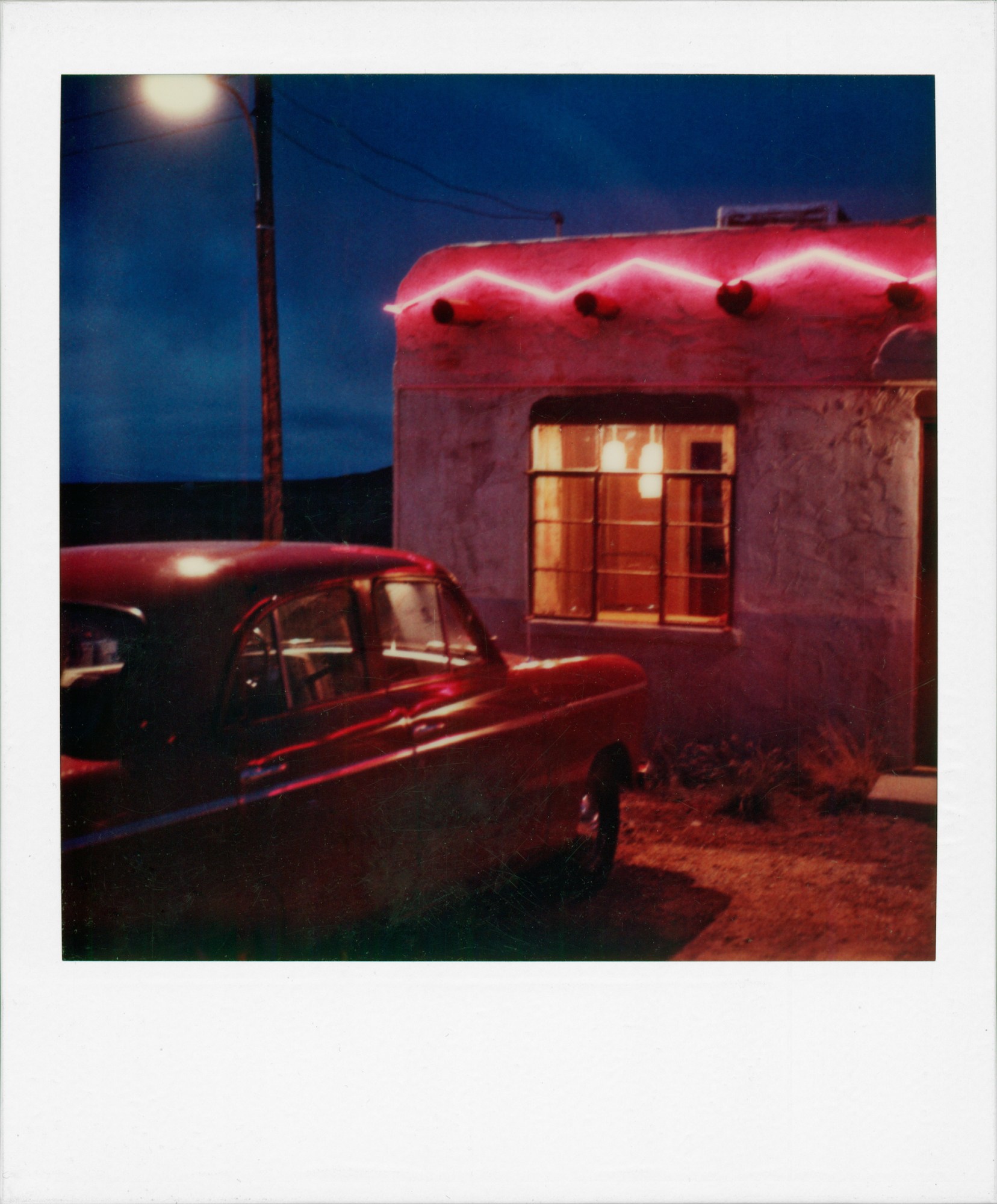
How many years do these photographs span?
The first Polaroids were made when Robby and Wim Wenders were filming Alice in the Cities, that was in 1973. In this film, a journalist travels through America, making Polaroids of what he saw. In those days, Polaroid offered the film production a prototype of the famous SX-70 camera. From that moment, Robby and Wim were taking Polaroids all the time.
Can you feel a distinct change in Robby as a photographer over the period, from the earliest to most recently shot?
No, I think Robby was able to keep an open-minded view, and he was experimenting a lot. Of course he got more experienced with the technique and material. But very often the results were different than he expected.
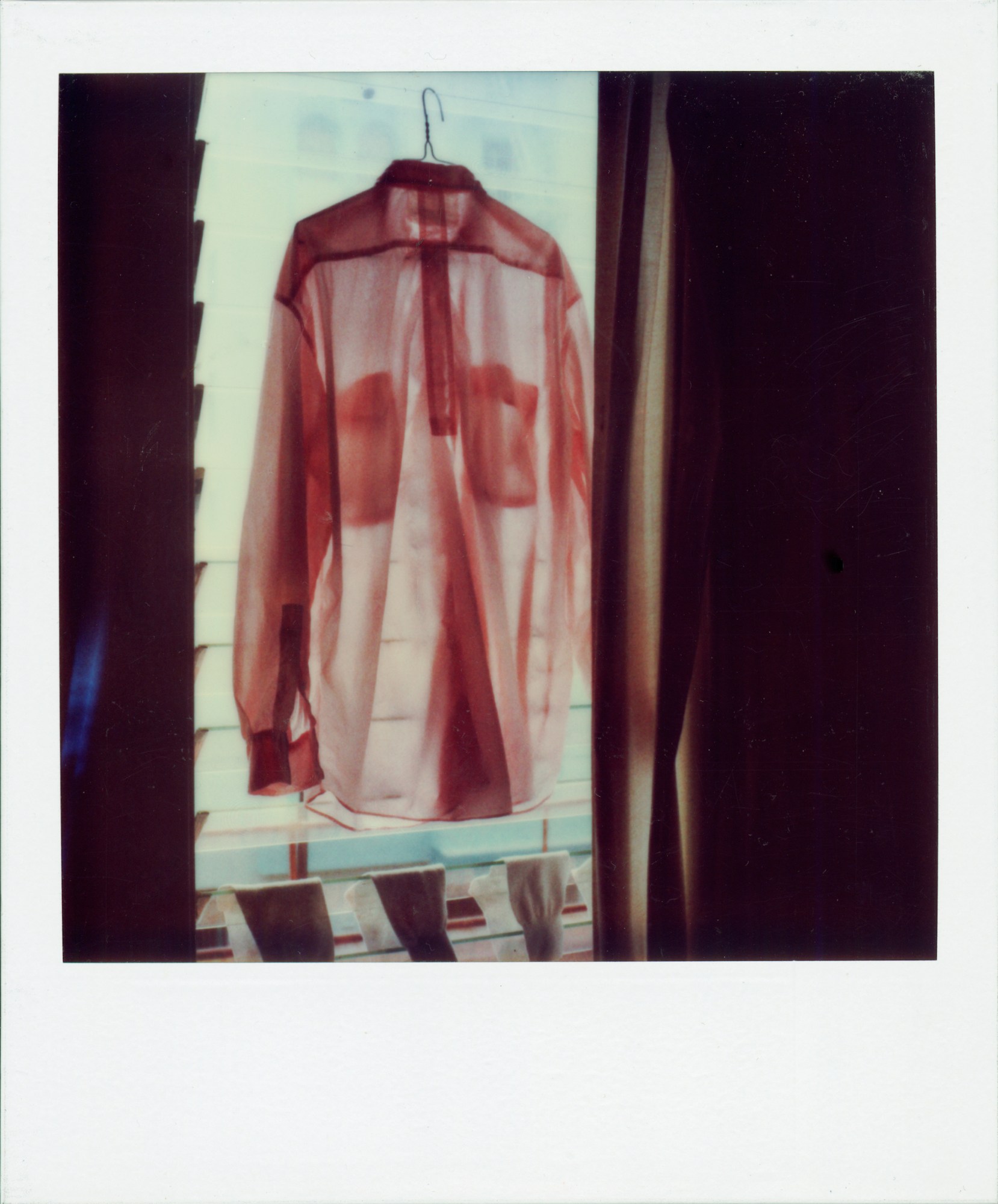
The name is Like Sunlight Coming Through the Clouds — where did this come from?
Claire Pijman made a very visual documentary about Robby, called Living the Light: Robby Müller, with a score composed by Jim Jarmusch and Carter Logan. It premiered last year at the Venice Film Festival, shortly after Robby passed away. In the film there is a scene when Jim chooses a guitar as the voice of Robby. He then says: “Maybe this one, it’s like sunlight coming through the clouds.” I liked it.
What do you think these unseen images tell us about Robby as an artist?
Robby had an artistic eye. He was always looking at the world in that way. So his work and life couldn’t be divided. Besides photographing with the Polaroid camera, he also took images with many other cameras… 35mm, 4×5, cheap 3D cameras. He mostly wore a denim jacket. In one pocket he kept his tobacco, in the other his very small Minolta.
In nearly all his images he captured light in all its different facets, colours and forms. As put by Bianca Stigter, “It is not the light that makes us see things, the things make us see the light”.
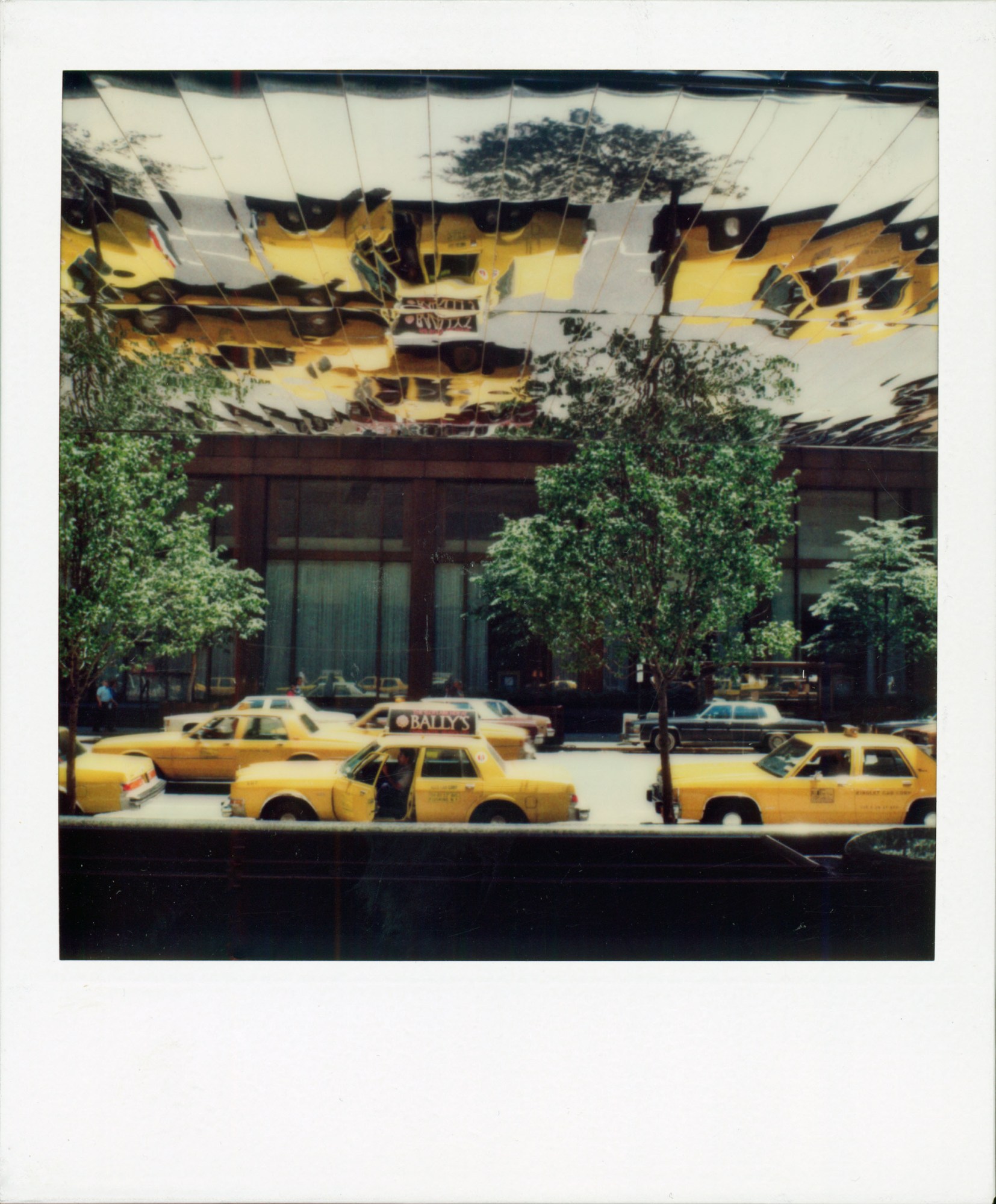
What do you see as his greatest strength as a photographer/cinematographer?
I think he was a risk taker, playful and open-minded. Sometimes things went wrong and he used it as a virtue. And he was a servant to the story. He wanted the audience to believe in what they saw. He was not going for beauty for beauty’s sake. He hated obvious camera-work; he called it “camera acrobatics”. He was also open to new technologies, new experiments, and flexible in changing environments. He didn’t rely on fixed storyboards or dogmatic plans. He thought creatively when situations changed. Being in the moment. That what he did in his photographs.
Do you have a particular image that means the most to you?
No, actually. I am fond of nearly all of them, even the failed ones. They have a beautiful abstraction to them. And when I am looking at the Polaroids again, I discover new ones which appeal to me in certain ways.
Robby Müller: Like Sunlight Coming Through the Clouds is presented by Polaroid at the Place de la République 12, Arles, France, from 1st July 2019.
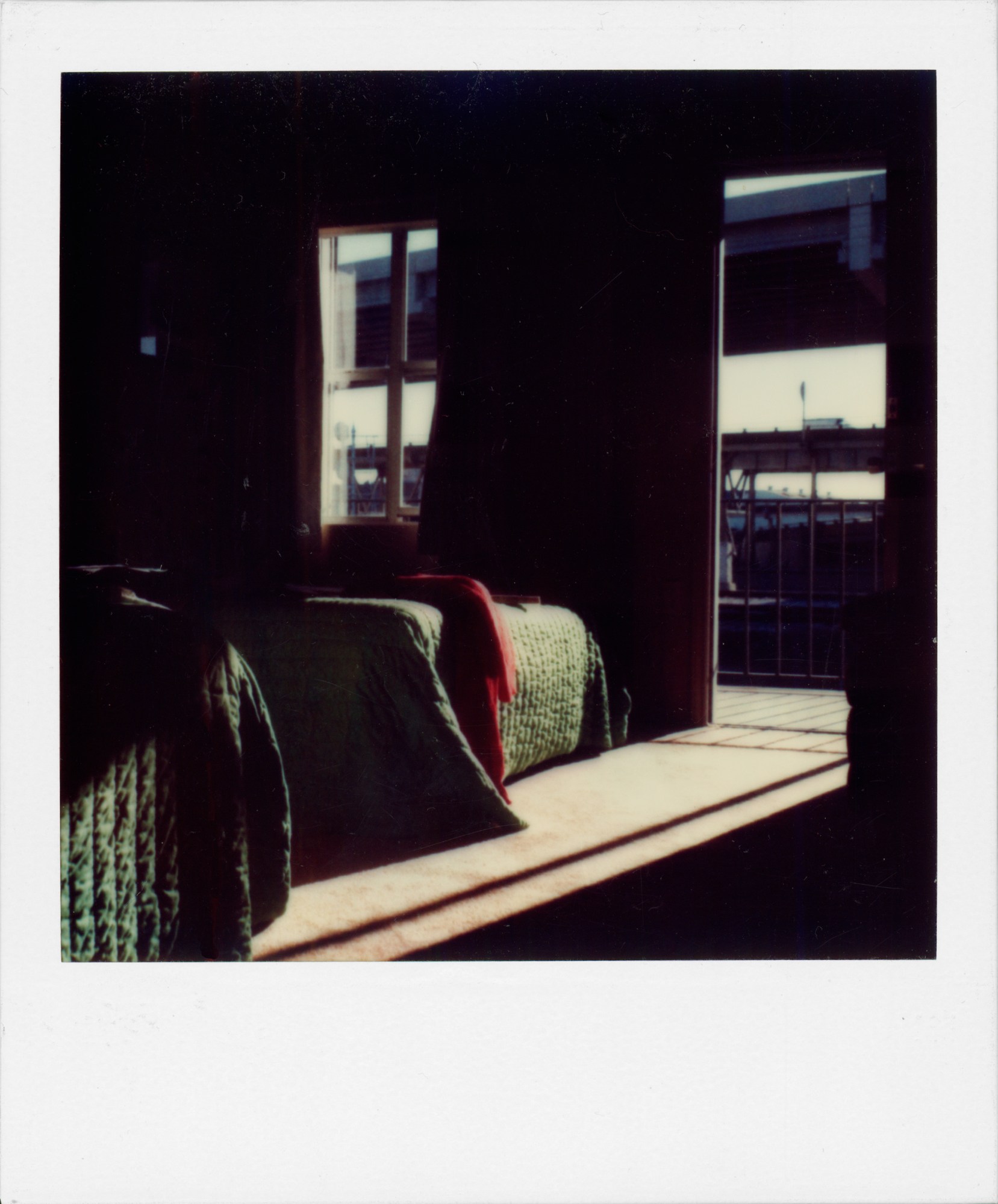
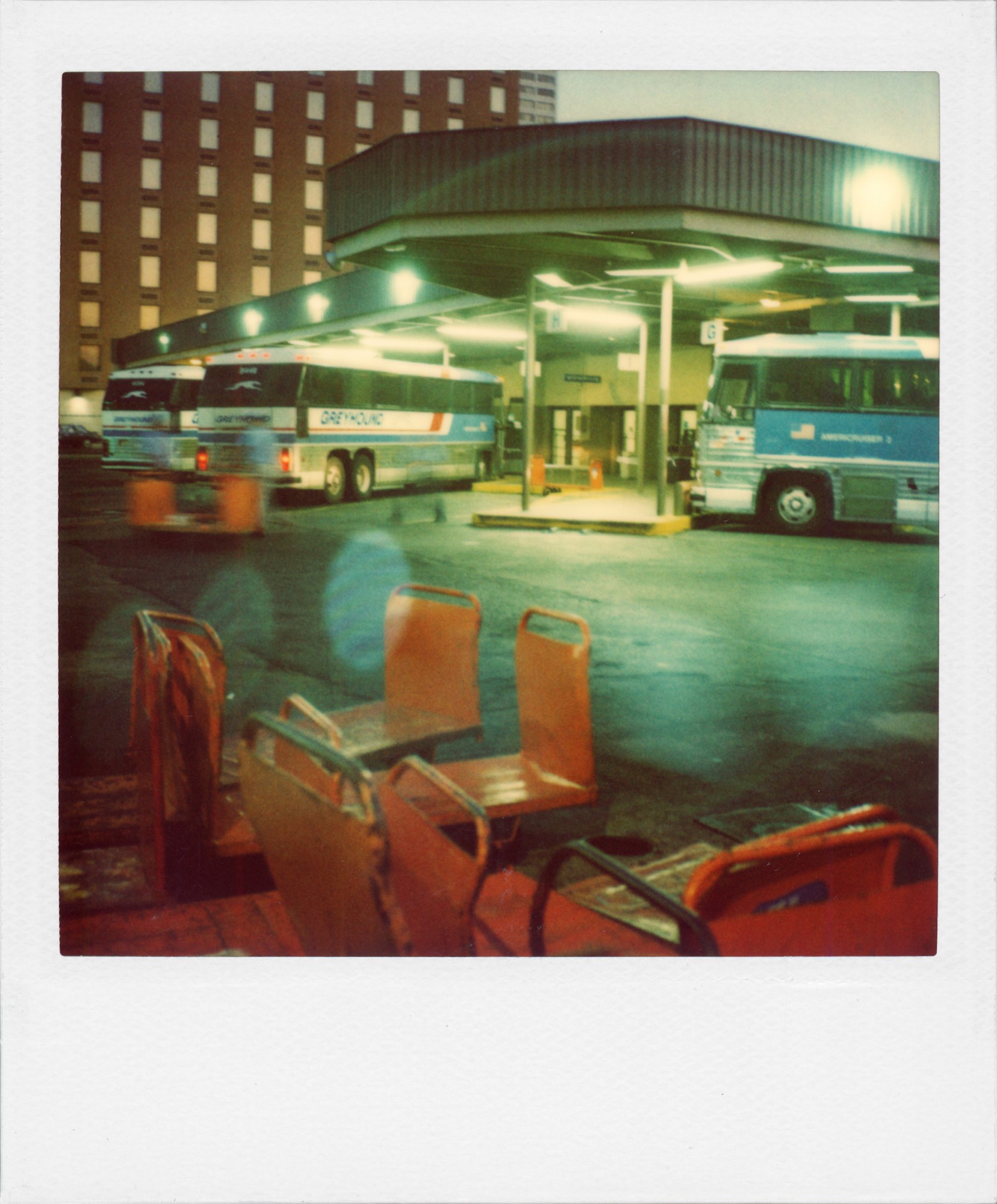
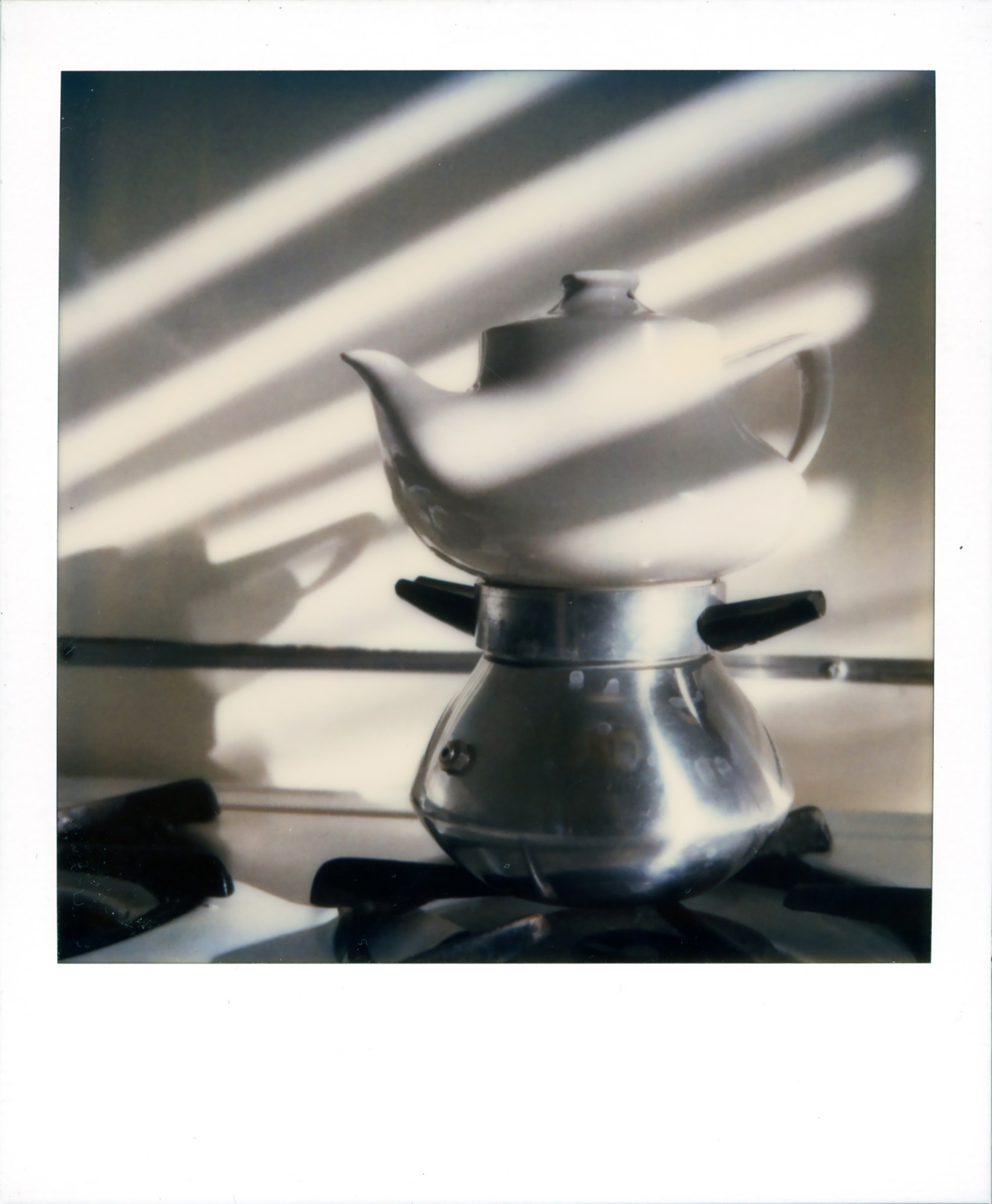
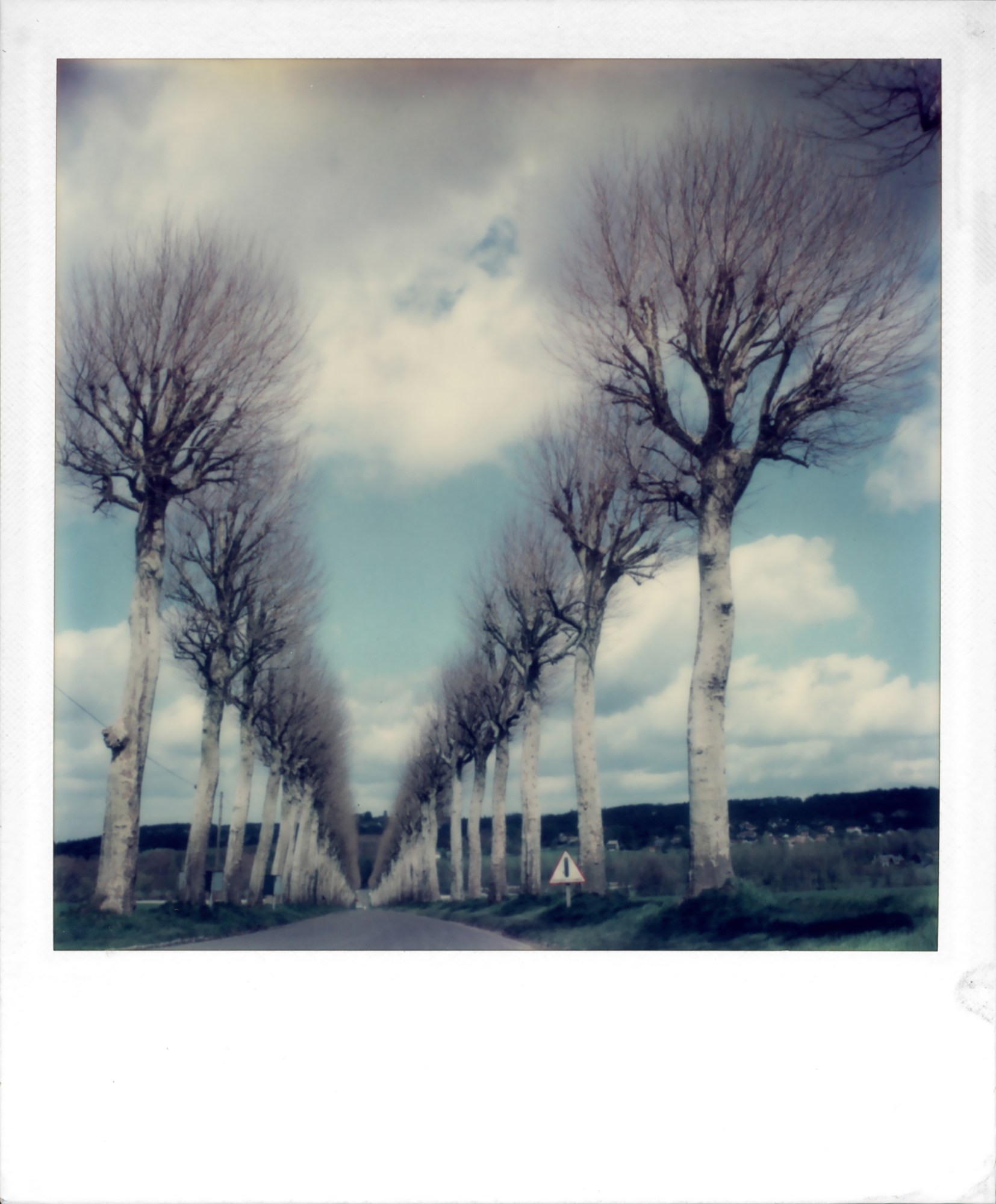
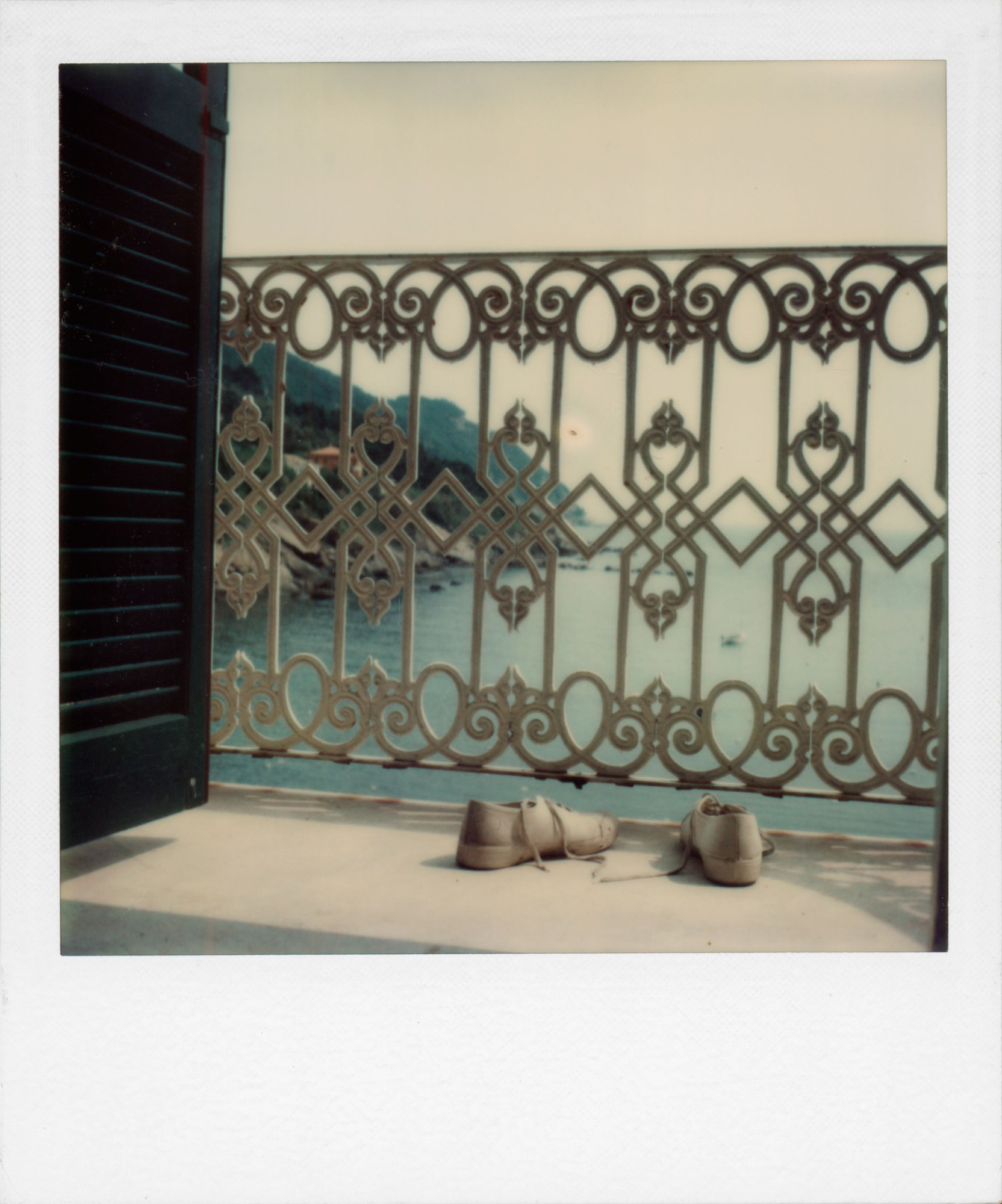
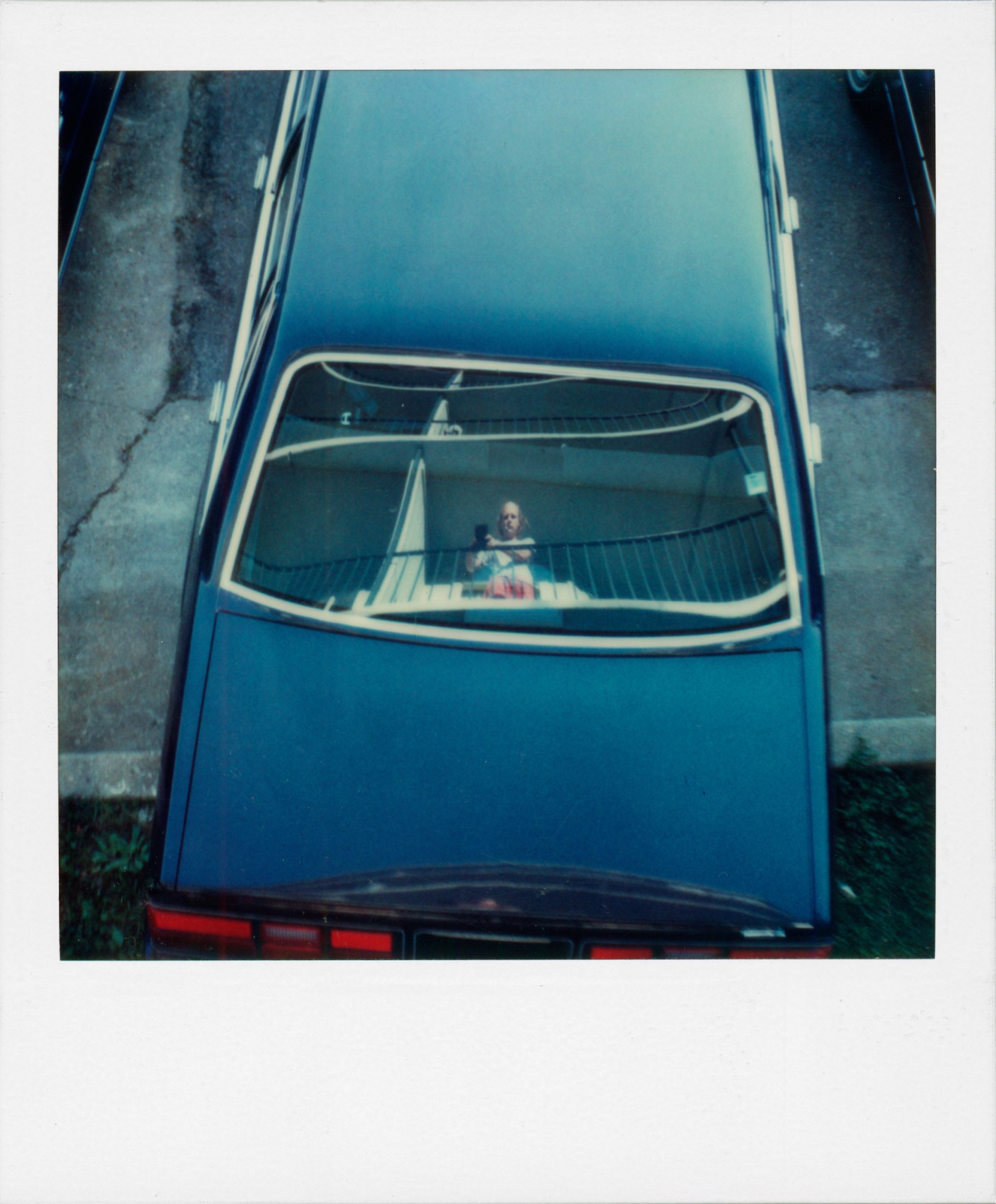
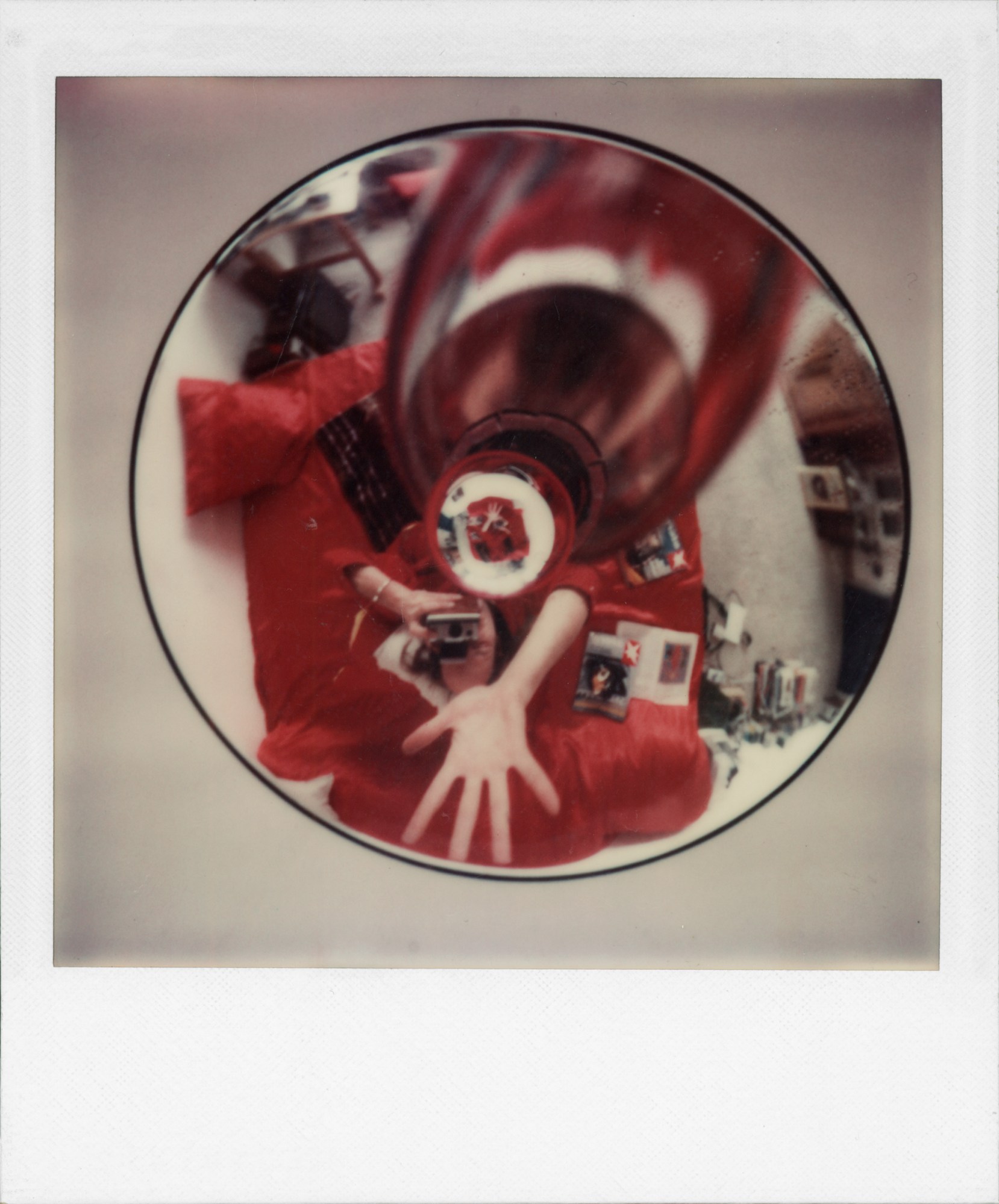
Robby Müller: Like Sunlight Coming Through the Clouds is presented by Polaroid at the Place de la République 12, Arles, France, from 1st July 2019.
Credits
Photography Robby Müller
